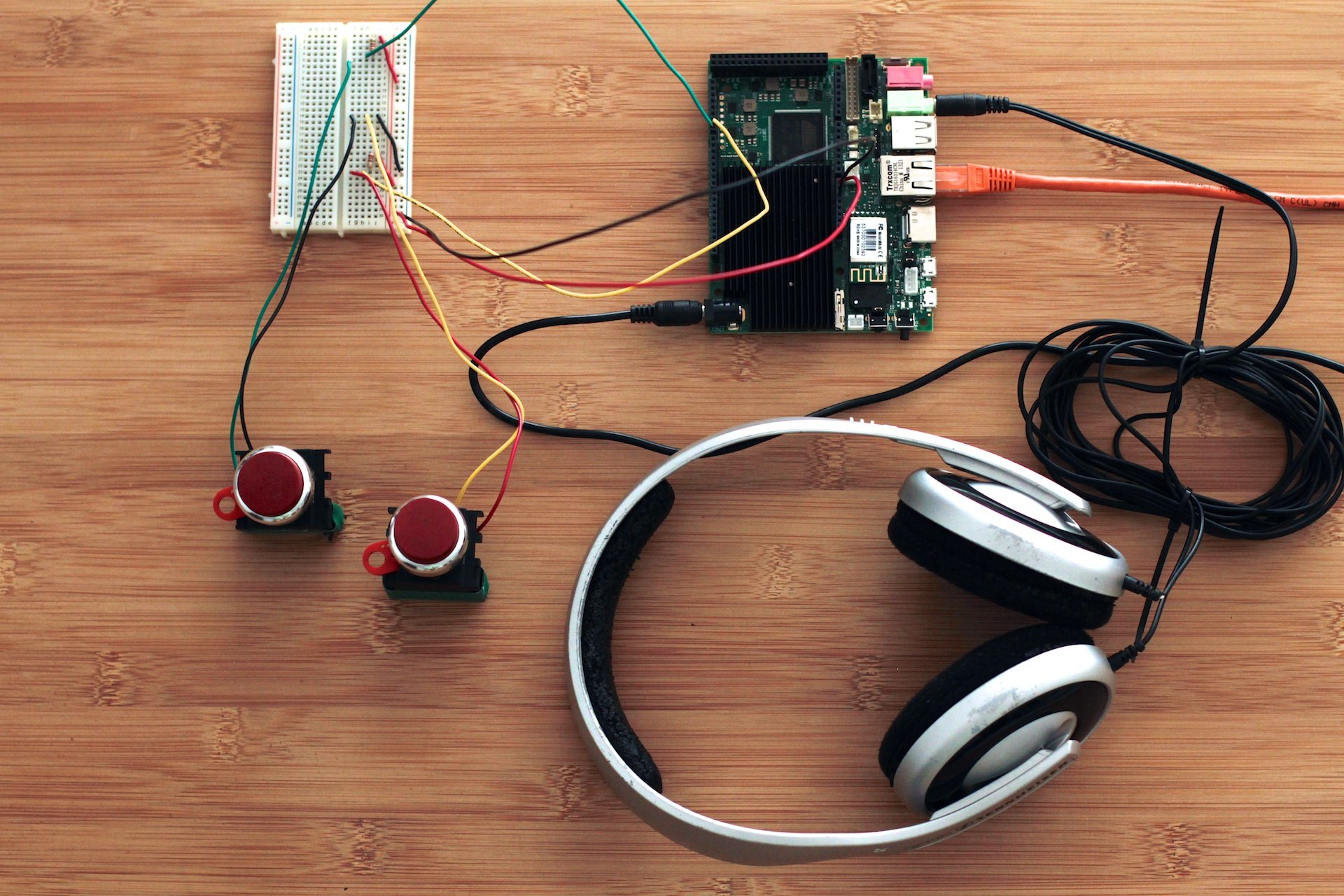Co-designing with families to create hyperlocal forms of media architecture
Client
University of Leuven, City of Antwerp
Timeframe
January 2014 - June 2014
Role
Lead Researcher, Designer, Developer
Engagement
3 households in co-design workshops, further interaction with 100+ local community members




Objective
To reimagine media architecture as a medium that connects neighbours, fosters hyperlocal communication, and reshapes public engagement.
Methodology
This project, called StreetTalk, encompassed three phases to progress from designing bespoke media architecture to in-the-wild evaluations of their impact.
Phase 1: We collaborated directly with local households, conducting home visits and interactive workshops. Participants co-created the conceptual designs for their bespoke media architecture tailored to their family's identity and personality.
Phase 2: Based on the individual designs, we developed and installed bespoke devices—named Readl, Listen, and Shush—integrated into participants' homes to facilitate interactions.
Phase 3: Following installation onto participants' house facades, we observed how the devices functioned in real-world settings over an extended period. We captured technical data and documented user interactions and community feedback to evaluate the impact on community interactions and connections.

Readl is an interactive thermal printer that delivers messages, authored and curated by members of the household, at the touch of a button

Listen, where members of the household curated audio messages with positive and negative emotions, delivered to community members at the touch of a button

Shush is an always-on and dynamic light strip that visualises ambient sound levels. At the touch of a button, passers-by see a celebratory colour effect
Deliverables
Based on workshops with 3 individual families, I created distinct public displays–tailored to each family's unique personality and character.
Readl: A thermal printer that allowed neighbours to exchange messages via printed notes.
Listen: A push-button audio system offering pre-recorded local stories.
Shush: A playful LED-based display visualising ambient sound levels.
Each display was handmade with custom electronics (Arduino), application development (Processing.JS) and web programming (HTML5) to facilitate interactions, log data, and enable remote monitoring. The devices were also carefully designed to be simple (in their aesthetics and interaction) yet impactful, blending in the neighbourhood's architectural and social fabric.
Outcome
StreetTalk demonstrated the power of hyperlocal public displays to spark conversations, strengthen neighbourly ties, and elevate community engagement. The participatory approach broadened the design space for media architecture and revealed the value of user-generated, locally relevant content.
Observations from the study showed that these displays became focal points of interaction, with residents expressing a sense of ownership and pride in their contributions.


